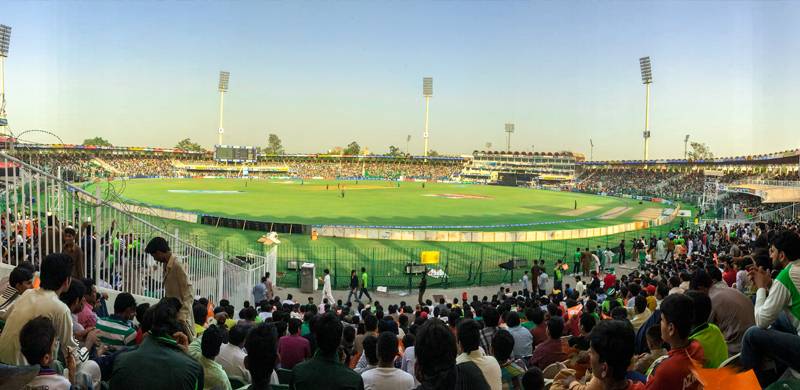
Eight games of the Pakistan Super League (PSL) this year will be played in Pakistan. Five in Karachi and three in Lahore. This is a refreshing development, considering the fact that no major international cricket matches have been held in cricket-crazy Pakistan since 2009 when the visiting Sri Lankan Test squad was attacked by armed extremists in Lahore.
In the last three years, Zimbabwe, the West Indies and a World XI did make whistle stops to play a handful of limited overs games; but their exit from the country was as quick as their arrival. Yet, these wham-bam tours did suggest that international cricket just might be trickling back in a country which, before 2009, was a major international cricket destination.
The PSL has been instrumental in putting Pakistan on the map of the lucrative major cricket franchise leagues which mirror premier football leagues in Europe and South America. Just like the Pakistan cricket team that has been playing all of its ‘home’ series in the UAE, the PSL’s birth too took place there.
From 2017, as the security situation in Pakistan somewhat improved, some games of the league began to take place in Pakistan. Even though plans for holding a Pakistani premier cricket league were on the cards after the success of the Indian Premier League in 2008, it was under the direction of publisher and journalist Najam Sethi that the PSL was finally launched. Sethi became the chairman of the league and then the chief of the Pakistan Cricket Board (PCB) before his resignation in 2018.
PSL was a massive hit as a commercial entity and Sethi utilized the successful holding of the few games of the league that were played in Karachi and Lahore to lure the attention of the ICC and other cricket boards to gradually begin sending teams to Pakistan.
Before 2009, Pakistan had been a major cricket destination, though no major cricket event/series has been held in the country for almost a decade now. But since eight high profile matches of this year’s PSL will be held in Karachi and Lahore, this is a good opportunity to introduce (to a whole new generation of cricket buffs) the many cricket stadiums that Pakistan still possesses, many of which held important Test and ODI series, including games during two cricket world cups (1987, 1996).
National Stadium
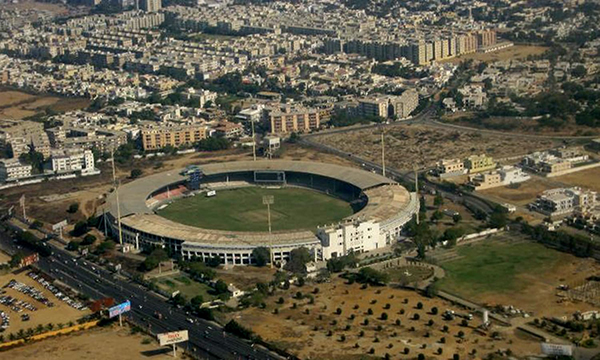
City: Karachi (Sindh).
Constructed: 1955
Seating Capacity: 40,000.
Home Ground of Karachi Kings.
- The National Stadium is Pakistan’s largest cricket stadium.
- The first Test match at the stadium was played in 1955 (Pakistan vs. India).
- The first ODI here was played in 1980 (Pakistan vs. West Indies).
- Pakistan has played more than half of its Tests in Pakistan on this ground. It has lost just two. Once the National Stadium was known as ‘Pakistan’s cricket fortress.’
- Despite of it being the most successful home ground of the Pakistan cricket team, it also has a history of experiencing the largest number of riots and disturbances during matches (especially between the late 1960s and early 1980s).
- Tests here were badly affected by rioting in 1968 (against England) and 1969 (against New Zealand). Rioting also took place here during a Test (against West Indies) in 1981 and an ODI (against Australia) in 1983. The ODI was eventually abandoned. Things began to improve from the late 1980s onward.
- The stadium was expanded for the 1987 Cricket World Cup. It hosted three games during the tournament.
- Further improvements were made for the 1996 World Cup. The National Stadium hosted three matches during the 1996 tournament.
- The National Stadium had a matting wicket (jute) between 1955 and late 1950s which helped seam bowling. Its pitches were flat and batting-friendly after matting was removed. They remained this way till the mid-1970s. The grounds-men then began to prepare square turners. But from 1982, the pitches at the stadium became more sporting. They would offer seam and bounce to fast bowlers at the start of the Test, become stable in the middle, and offer some spin at the tail-end of the match. ODI strips remained batting-friendly, though.
- National Stadium is also famous for offering swing to quick bowlers. Experts believe this is due to the steady sea-breeze which often blows across the stadium.
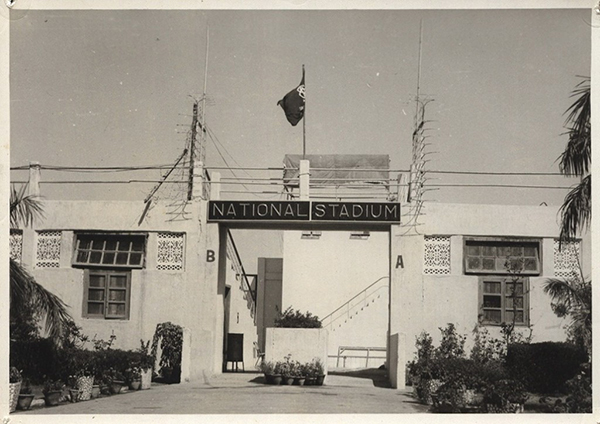
1954: National Stadium under construction.

1955: The first Test match at the National Stadium.
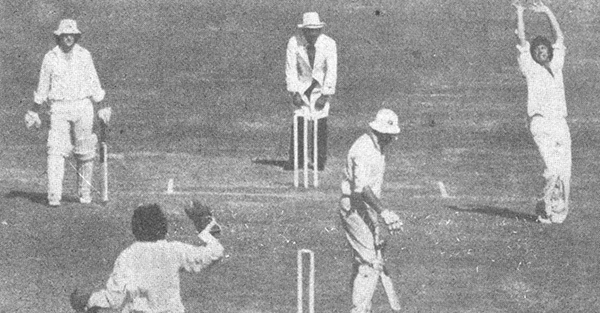
1976: Imran Khan clean bowls ADG Roberts during the 3rd Test match at the National Stadium during the 1976 New Zealand tour of Pakistan. Pakistan won the series 2-0.
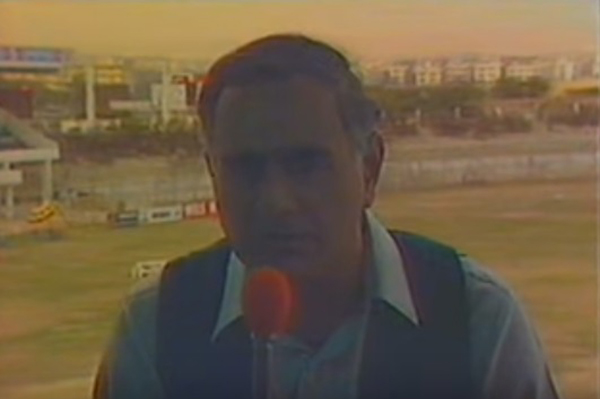
1982: Famous cricket commentator Iftikhar Ahmad on the first morning of the 2nd Test match at Karachi’s National Stadium during India’s 1982 tour of Pakistan. Pakistan won the 6-Test series 3-0.
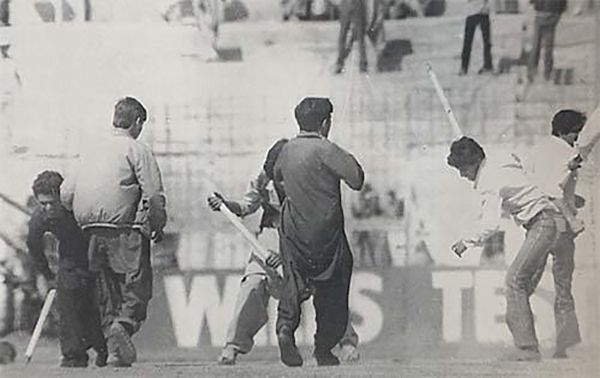
1983: Students invade the National Stadium during a Pakistan-India Test match in 1983. The students were agitating against the Zia regime.
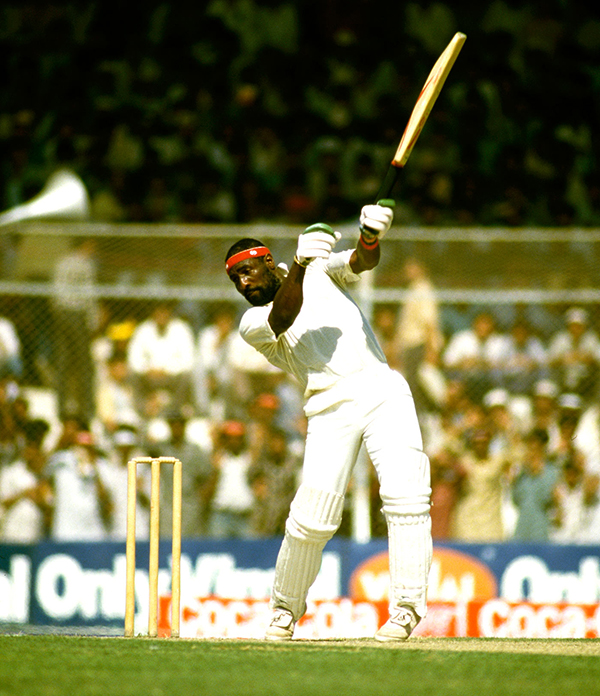
1987: Master West Indian batsman Viv Richards in action during a 1987 Cricket World Cup match at the National Stadium.
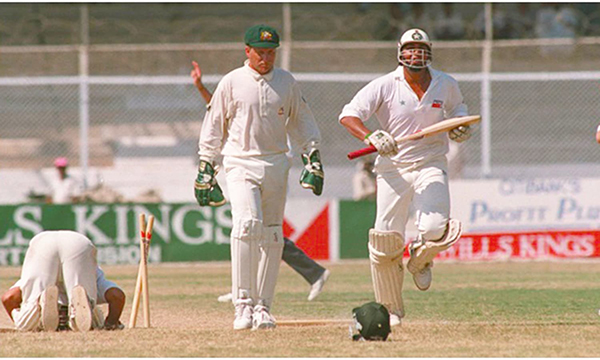
1994: Pakistan pinch a 1-wicket victory against the visiting Australians at the National Stadium during Australia’s 1994 tour of Pakistan.
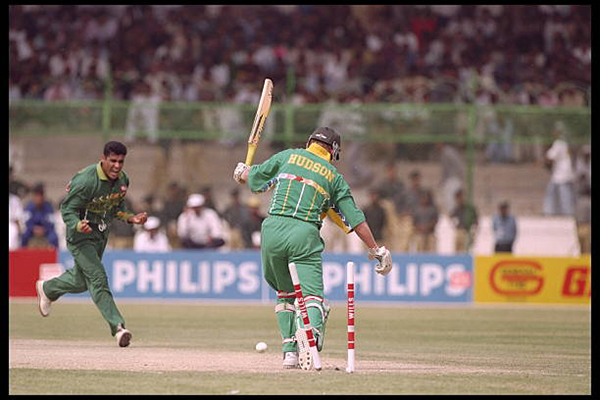
1996: Waqar Younus cleans up South Africa’s Andrew Hudson during a 1996 World Cup match at the National Stadium.
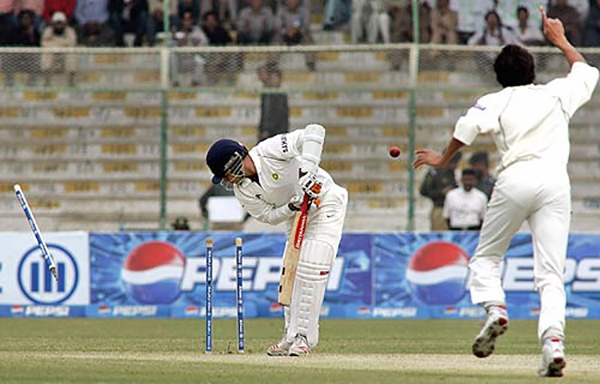
2006: Indian opener Virender Sehwag loses his middle stump to Mohammad Asif in the 3rd Test match at the National Stadium during India’s 2006 tour of Pakistan. Pakistan won the series 1-0.

The Karachi Kings squad for the 2019 PSL.
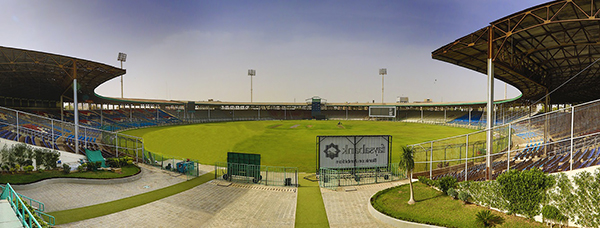
National Stadium today.
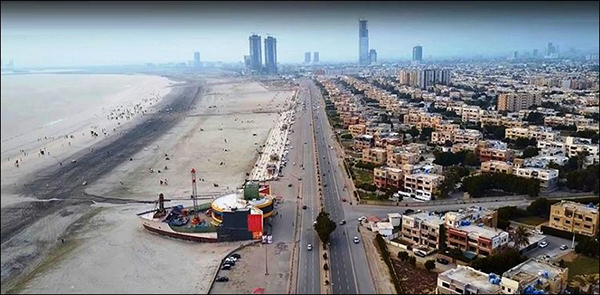
Karachi: Pakistan’s largest city and economic hub.
Gaddafi Stadium
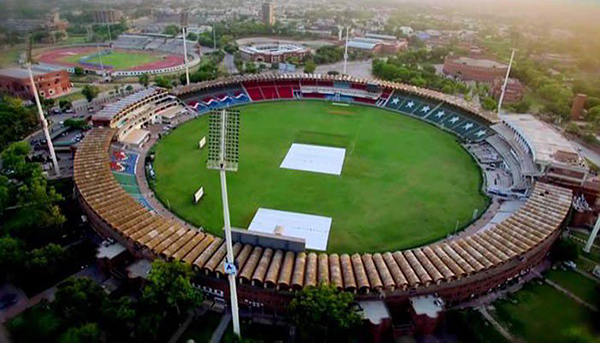
City: Lahore (Punjab).
Constructed: 1959.
Seating Capacity: 27,000.
Home ground of the Lahore Qalandars.
- The ground’s original name was Lahore Stadium. It was changed to Gaddafi Stadium in 1974.
- The headquarters of the Pakistan Cricket Board (PCB) and cricket’s main training academy in the country are both situated at Gaddafi Stadium.
- The first international match was played here in 1959 (a Test match against Australia).
- A Test match against England was affected by rioting in 1968. In 1977 another Test (also against England) witnessed a riot between police and spectators.
- Three matches were held at Gaddafi Stadium during the 1987 Cricket World Cup. This included one of the tournament’s semi-finals.
- The stadium was expanded and renovated just before the 1996 Cricket World Cup. It held three matches during the event, including the 1996 World Cup final.
- The last Test match to be played in Pakistan was at Gaddafi Stadium in 2009. It was abandoned midway after the bus carrying the visiting Sri Lankan squad was attacked by terrorists.
- Pitches at the stadium have largely been batting-friendly, except during a Test match against India in 1978 and a Test (also against India) in 2004 when green-top tracks were prepared to help fast bowlers.
- The first ODI was played here in 1978 against England.
- The first T-20 international was played here in 2015 against Zimbabwe.
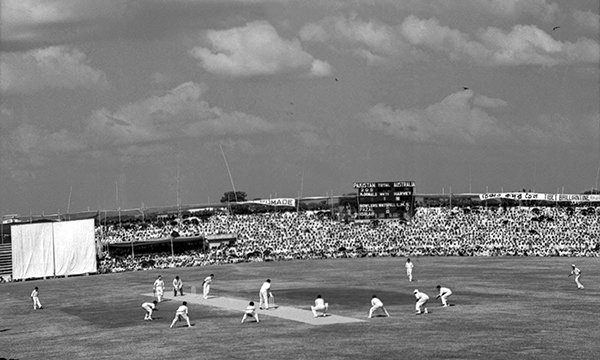
1959: The first ever Test match at the Gaddafi Stadium (against Australia). The stadium was then called Lahore Stadium.

1975: Chief of the cricket board Abdul Hafeez Kardar with Prime Minister ZA Bhutto at the Gaddafi Stadium.
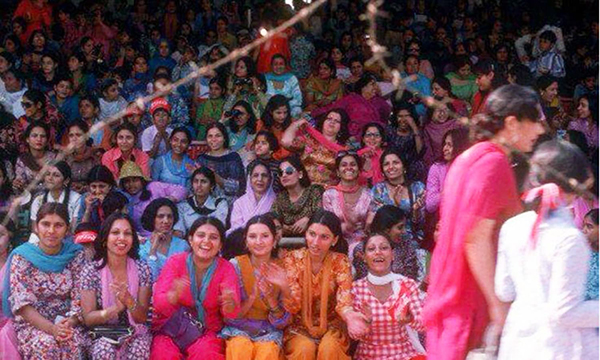
1977: Women enjoying the 1st Test of the 1977 Pakistan-England series at the Gaddafi Stadium.
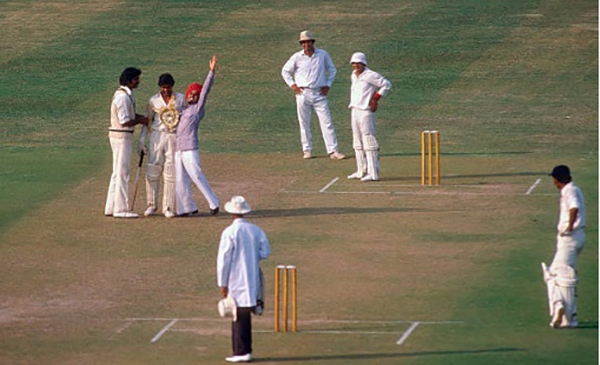
1978: An Indian fan invades the ground to congratulate Indian all-rounder Kapil Dev at the Gaddafi Stadium during India’s 1978 tour of Pakistan. Pakistani players Sarfaraz Nawaz, Majid Khan and Wasim Bari look amused. Pakistan won the series 2-0.
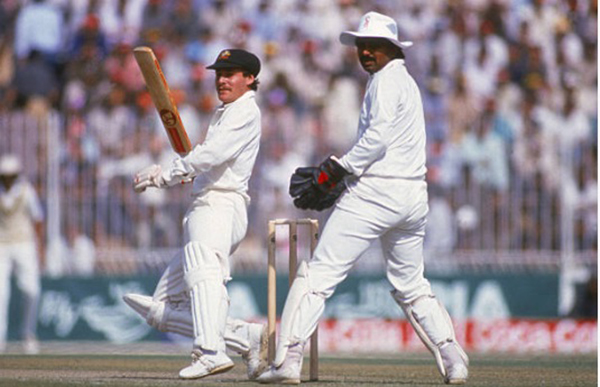
1987: The semi-final of the 1987 cricket World Cup between Pakistan and Australia at the Gaddafi Stadium. Javed Miandad was keeping wickets after the regular keeper, Salim Yousaf, got injured. Pakistan lost the game.
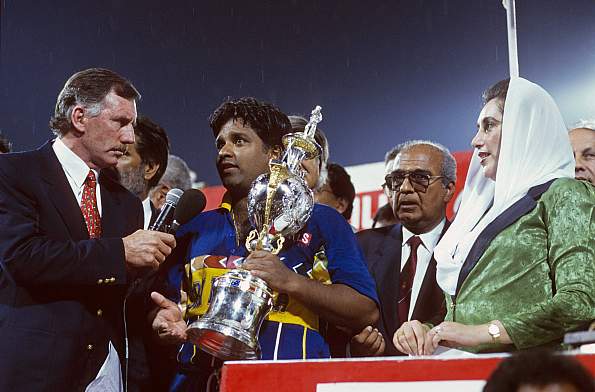
1996: Former Australian captain and famous cricket commentator Ian Chappell interviewing Sri Lankan captain Arjuna Ranatunga after his side beat Australia in the final of the 1996 Cricket World Cup at the Gaddafi Stadium. Also seen in the picture is Prime Minister Benazir Bhutto who handed over the trophy to Arjuna.

A packed house watches the 1996 Cricket World Cup final at the Gaddafi Stadium.
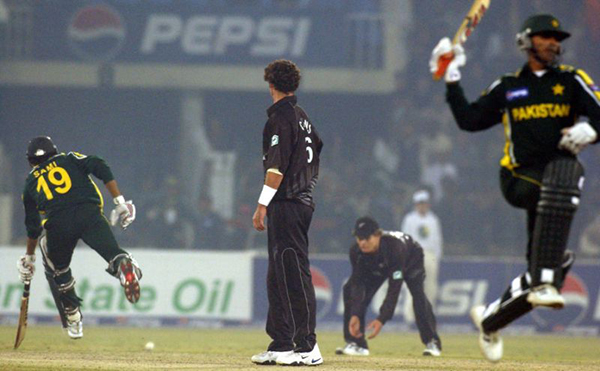
2002: Pakistan against the visiting New Zealand side in an ODI at the Gaddafi Stadium during New Zealand’s 2002 tour of Pakistan.
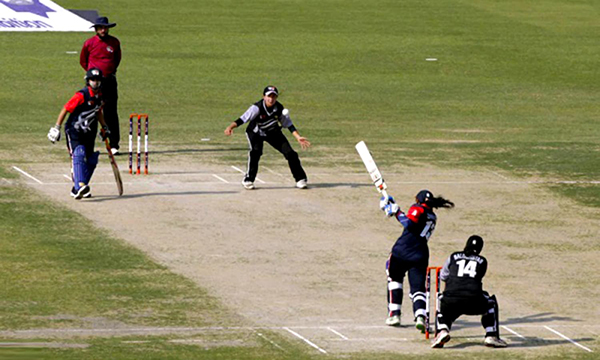
A women’s T20 game at the Gaddafi Stadium.
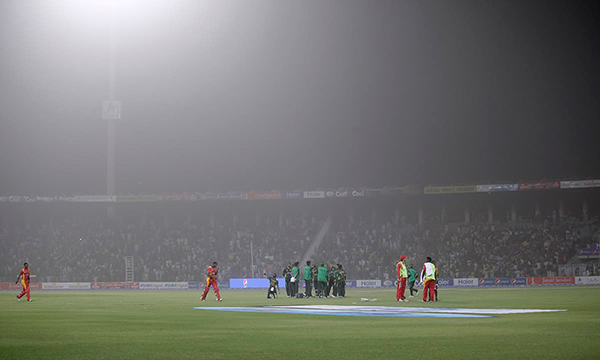
2015: International cricket begins to trickle back. A T20 between Pakistan and Zimbabwe at the Gaddafi Stadium in 2015. Zimbabwe became the first international side to visit Pakistan after six years.
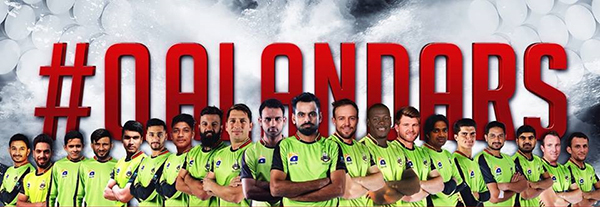
The Lahore Qalandars squad for the 2019 PSL.
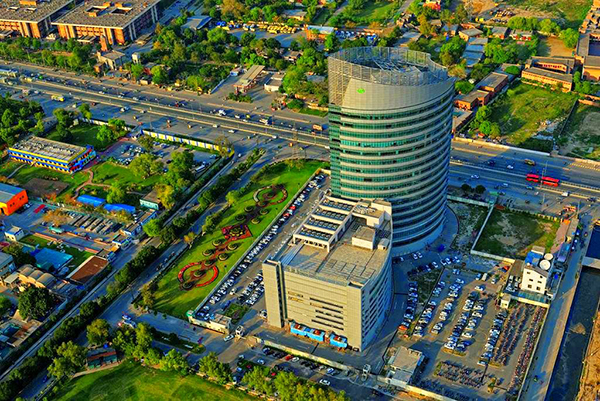
Lahore: The cultural capital of Pakistan.
Iqbal Stadium
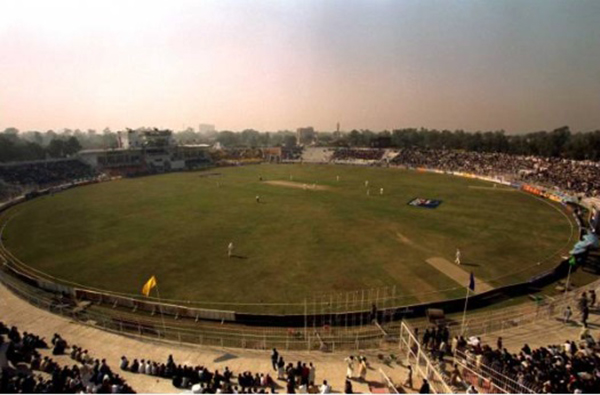
City: Faisalabad (Punjab).
Constructed: 1977.
Seating Capacity: 18,000.
Home ground of the Faisalabad Wolves (Non-PSL team).
- Once known as Layallpur Stadium (the old name of Faisalabad), Iqbal Stadium was renovated and given the status of a frontline cricket stadium in 1978.
- Traditionally, Iqbal Stadium pitches have been flat. Out of the 24 Tests held here, 14 have ended in a draw.
- It was at this stadium that the infamous spat between former England captain Mike Getting and Pakistani umpire, Shakoor Rana, took place in 1988. The incident became a diplomatic nightmare for the governments of both the countries.
- The last Test held at this stadium was in 2006. The last ODI played here was in 2008.

1978: First day of the first ever Test match at Iqbal Stadium during India’s 1978 tour of Pakistan.

1981: Legendary West Indian fast bowler, Malcom Marshall, bowling at the Iqbal Stadium during the West Indies 1981 tour of Pakistan.

1987: England captain Mike Getting and Pakistani umpire Shakoor Rana clash during a Test at Iqbal Stadium during England’s 1987 tour of Pakistan. The ugly spat created a diplomatic row between the governments of both the countries.
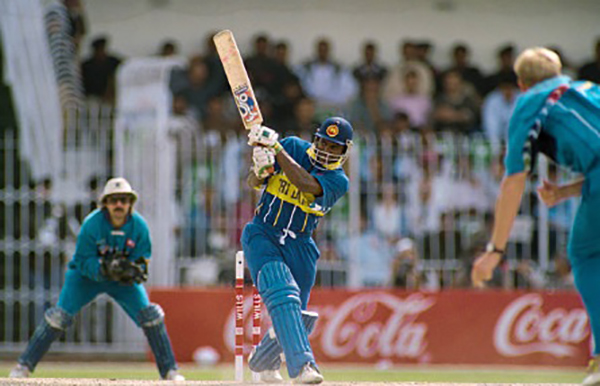
1996: Sri Lankan opener Sanath Jayasuriya in action during the 1996 World Cup match against England at the Iqbal Stadium.
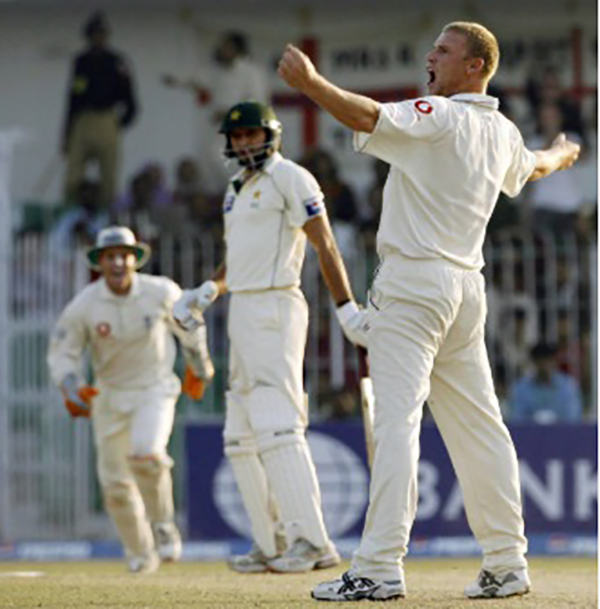
2006: England all-rounder Andrew Flintoff takes the prize wicket of Shahid Afridi at Iqbal Stadium during England’s 2006 tour of Pakistan.
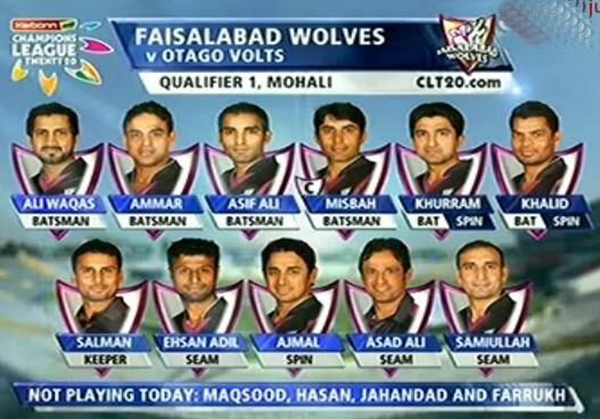
Faisalabad Wolves is a domestic T20 squad.
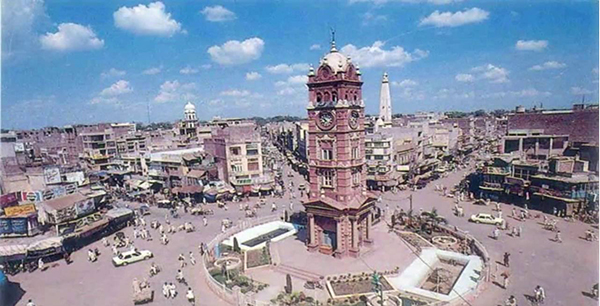
Faisalabad: A buzzing industrial town.
Rawalpindi Cricket Stadium

City: Rawalpindi (Punjab).
Constructed: 1992.
Seating Capacity: 25,000.
Home ground of the Rawalpindi Rams (Non-PSL team).
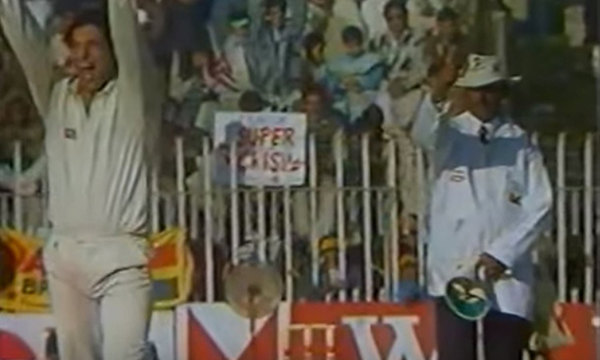
1993: Wasim Akram during first ever Test match at the Rawalpindi Cricket Stadium was held in 1993 against Zimbabwe.
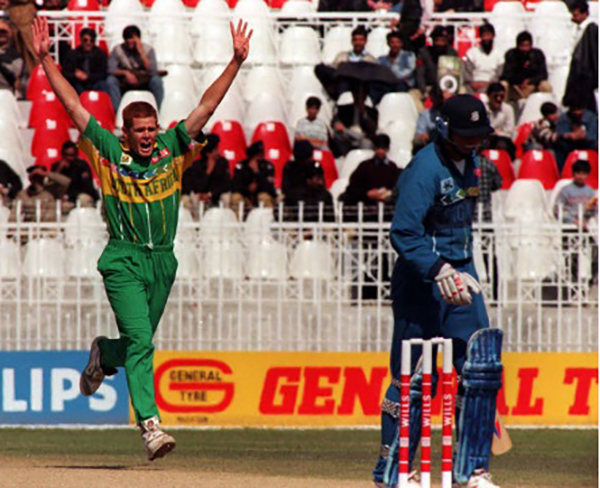
1996: South Africa’s Shaun Pollack celebrates after dismissing England’s Mike Atherton during a 1996 World Cup match at the Rawalpindi Cricket Stadium.
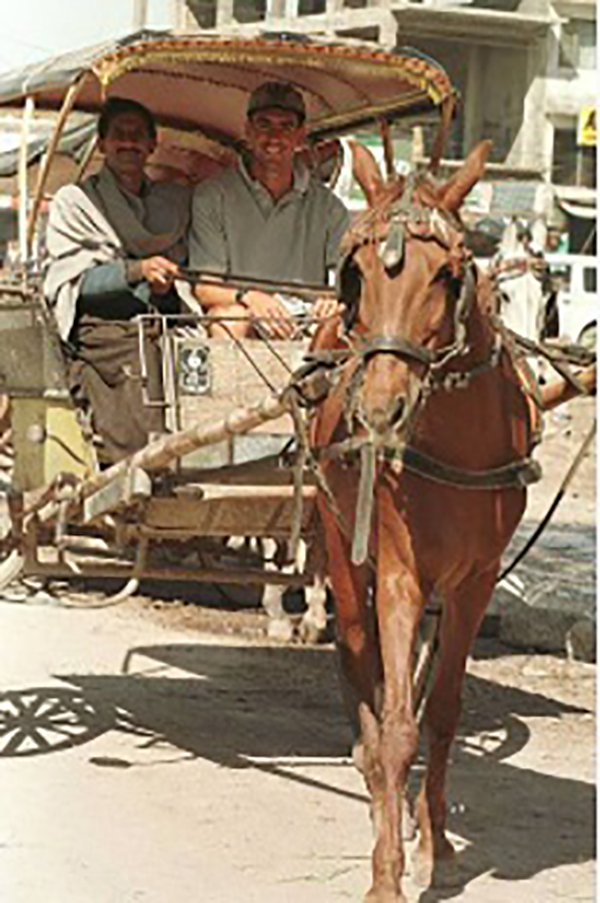
1996: South African captain, Hansie Cronje, enjoys a tonga ride outside the Rawalpindi Cricket Stadium during the 1996 World Cup.
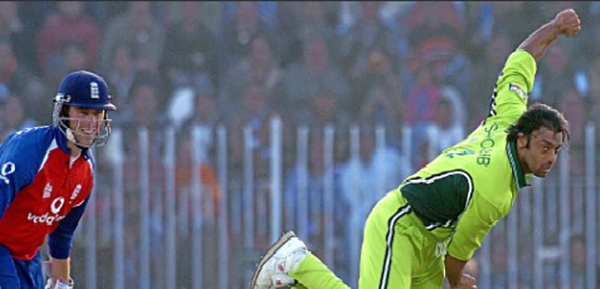
2005: Tear-away fast bowler Shoaib Akhtar during an ODI against England at the Rawalpindi Cricket Stadium.
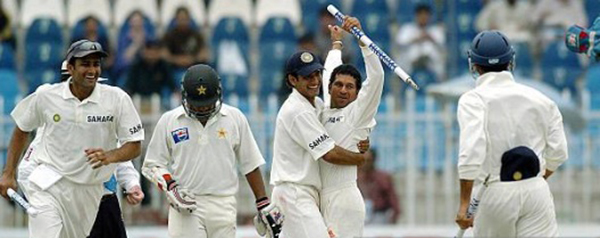
2004: The Indian team celebrates at the Rawalpindi Cricket Stadium after winning the 2004 Pak-India series.
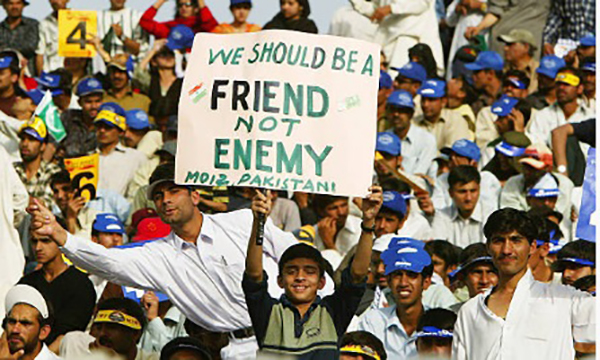
The crowd at the Rawalpindi Cricket Stadium during India’s 2004 tour of Pakistan.

Rawalpindi Rams is a domestic T20 side.
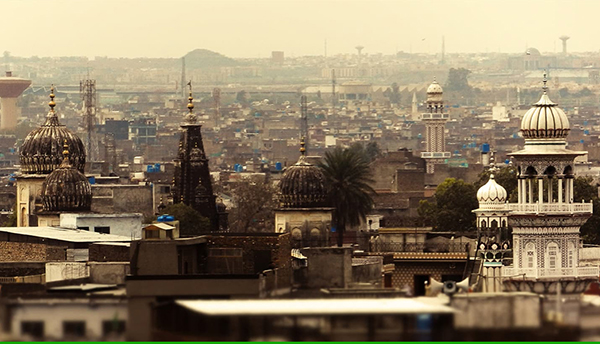
Rawalpindi: The garrison city.
Arbab Niaz Stadium
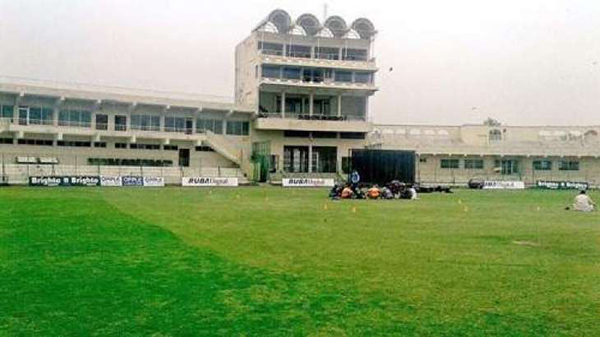
City: Peshawar (Khyber Pakhtunkhwa).
Constructed: 1984.
Seating Capacity: 20,000.
Home ground of the Peshawar Zalmi (PSL)
- Arbab Niaz Stadium emerged as a frontline cricket ground in the early 1980s, but it did not host a Test match till 1995. It was mostly used for ODI games.
- The pitches here have largely aided spinners.
- The last Test played here was in 2003.
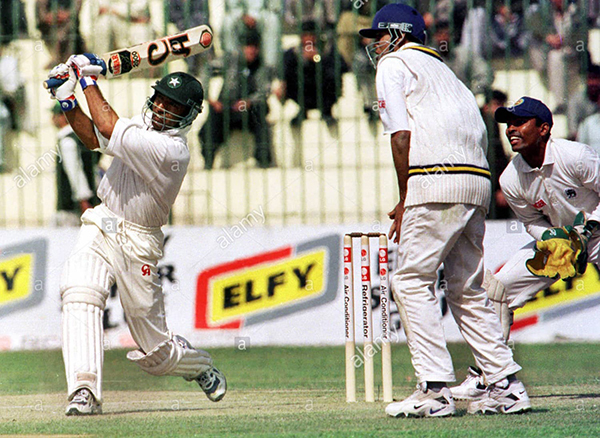
1995: Saeed Anwar smashes one during the first ever Test at Arbab Niaz Stadium. The match was against Sri Lanka.
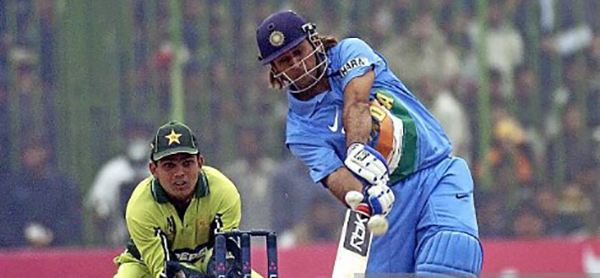
2006: Dhoni in action during an ODI at the Arbab Niaz Stadium in 2006.
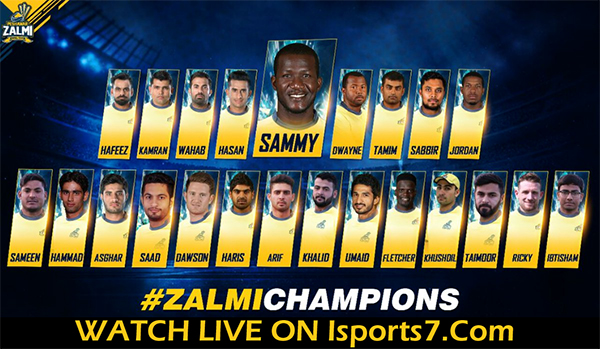
Peshawar Zalmi squad for the 2019 PSL.
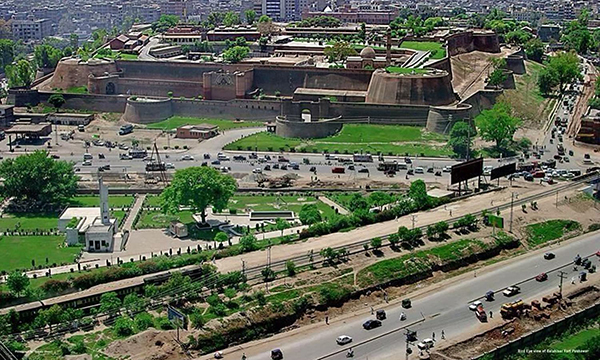
Peshawar: The frontier city.
Multan Cricket Stadium
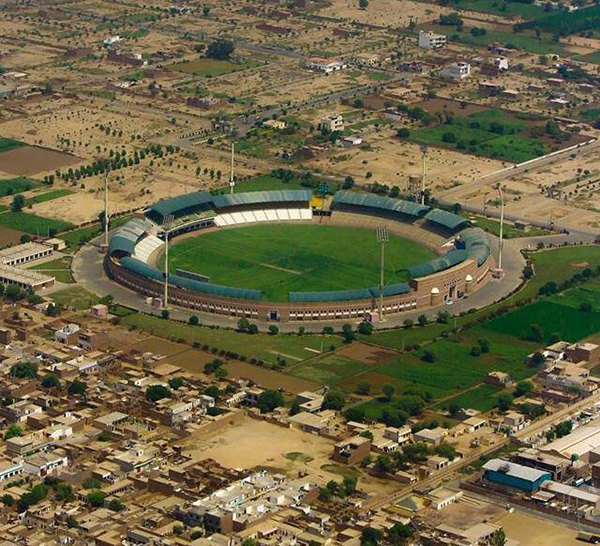
City: Multan (Punjab).
Constructed: 2001.
Seating Capacity: 35,000.
Home ground of the Multan Sultans (PSL)
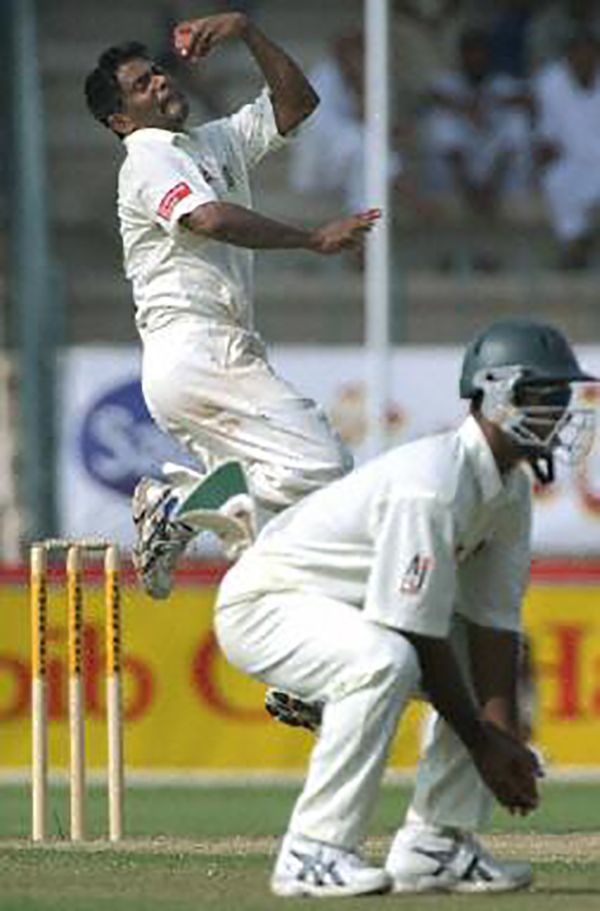
2001: Bangladeshi spinner Muhammad Rafique in action during the first ever Test played at the Multan Cricket Stadium in 2001.
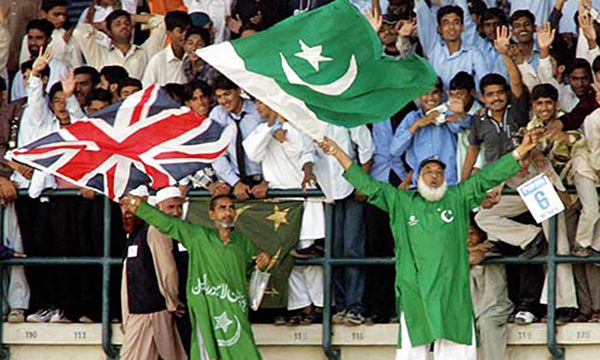
2005: Section of a crowd at Multan Cricket Stadium during a Pakistan-England Test.
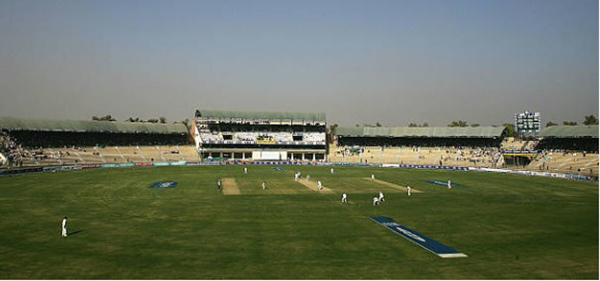
2005: A Pakistan-England Test at Multan Cricket Stadium.

2007: Afridi celebrates during an ODI against South Africa in 2007.
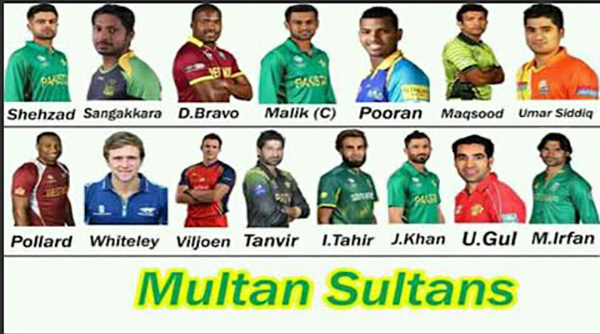
The Multan Sultans 2018 PSL squad.
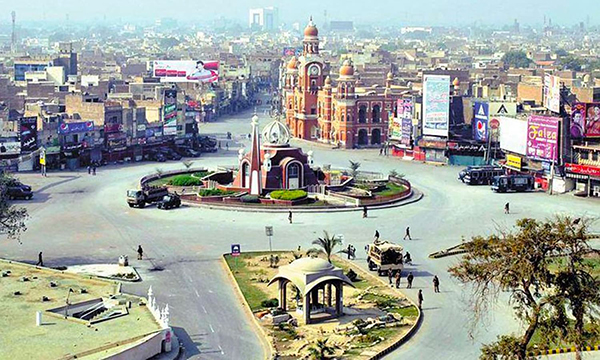
Multan: The city of saints.
Jinnah Stadium
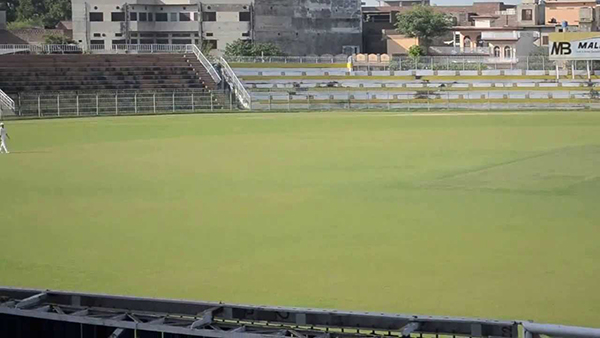
City: Sialkot (Punjab)
Constructed: 1920s (by the British).
Seating Capacity: 18,000.
Home ground of the Sialkot Stallions (Non-PSL team).
- This stadium was first constructed in the 1920s by the British. In the 1950s it was named Jinnah Park. In 1979 it was upgraded and renamed Jinnah Stadium.
- Pakistan played its first ever ODI at home on this ground in 1976. It was against New Zealand.
- Jinnah Stadium was known for its green-top pitches that helped fast bowlers.
- A 1984 Pakistan-India ODI here was stopped midway and abandoned after news of the assassination of the then Indian PM, Indira Gandhi, reached the ground. India were batting.
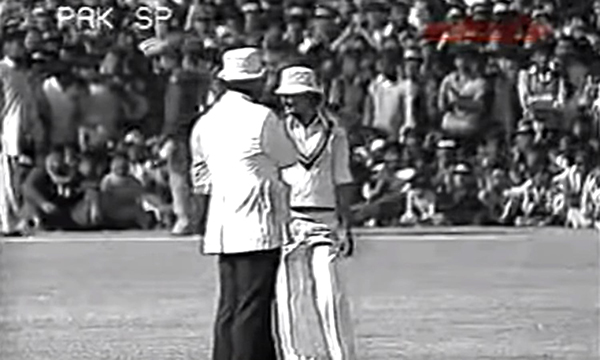
1976: A New Zealand fielder talking to the leg umpire during the 1976 Pakistan-New Zealand ODI at Jinnah Stadium. This was Pakistan’s first ever ODI at home.
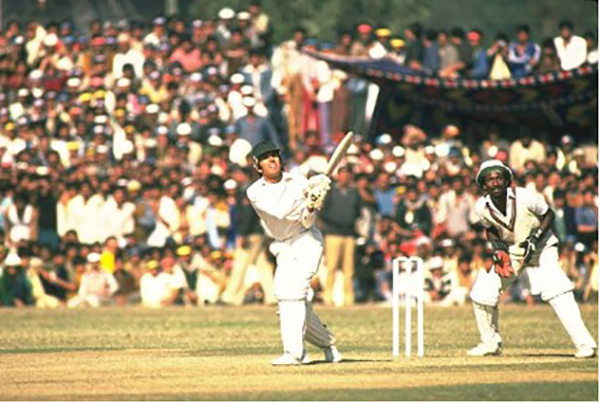
1981: Pakistani batsman Majid Khan hits out against the West Indies during an ODI at Jinnah Stadium.
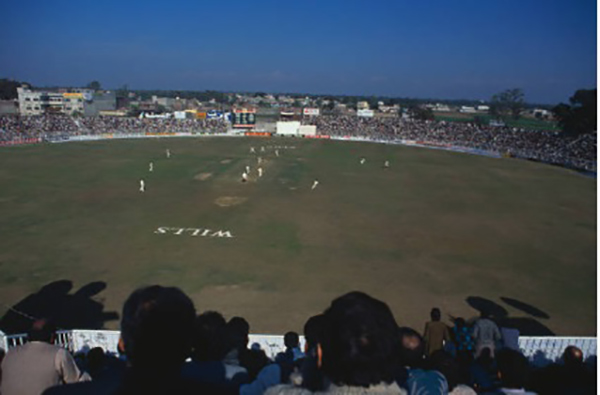
1985: The first ever Test at Jinnah Stadium was against Sri Lanka in 1985.
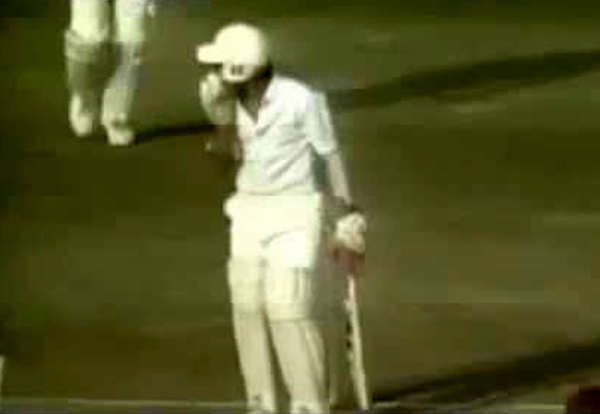
1989: A young Sachin Tandulkar is hit in the face by a Waqar Younus bouncer in a Test at Jinnah Stadium during India’s tour of Pakistan in 1989.

Sialkot Stallions is a domestic T20 team.
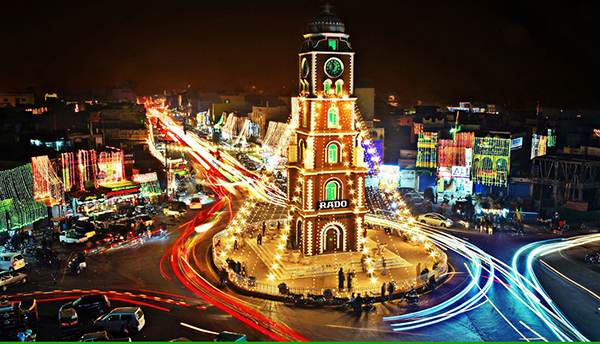
Sialkot.
Niaz Stadium
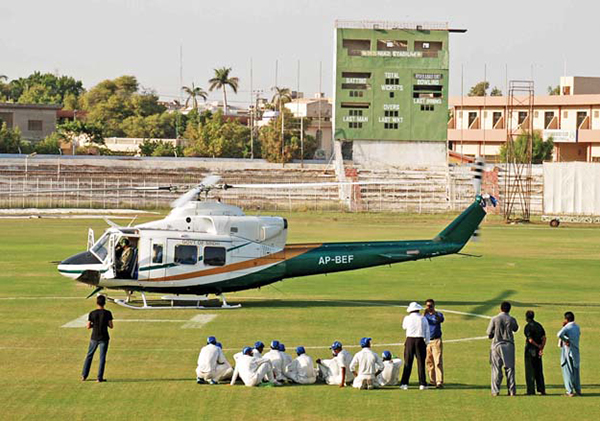
City: Hyderabad (Sindh)
Constructed: 1962
Capacity: 15,000
Home ground of Hyderabad Hawks (non-PSL).
- The world’s 1000th Test match was played at Niaz Stadium (Pakistan vs. New Zealand) in 1984.
- Swing bowler, Jalaluddin, took the first hat-trick for Pakistan in ODIs during an ODI against Australia in 1983 at Niaz Stadium.
- The Niaz Stadium pitch was traditionally placid and batting-friendly.
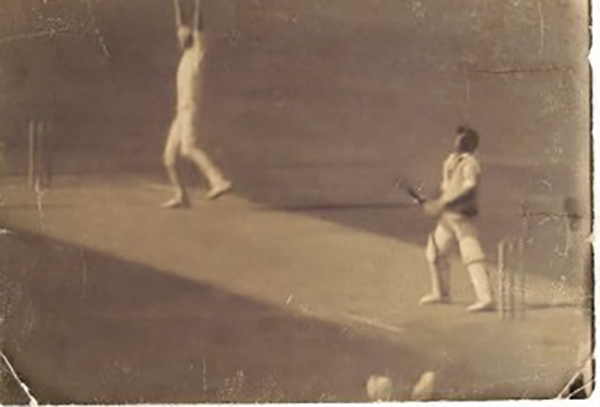
1973: The first ever Test match played at the Niaz Stadium was during the 1973 tour of England to Pakistan.

1977: Abdul Qadir bowling at England captain Mike Brearley during a Test at Niaz Stadium in 1977.
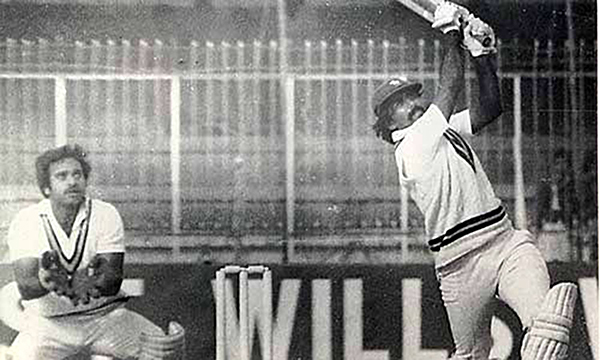
1983: Javed Miandad moves towards his double century against India at Niaz Stadium in 1983.
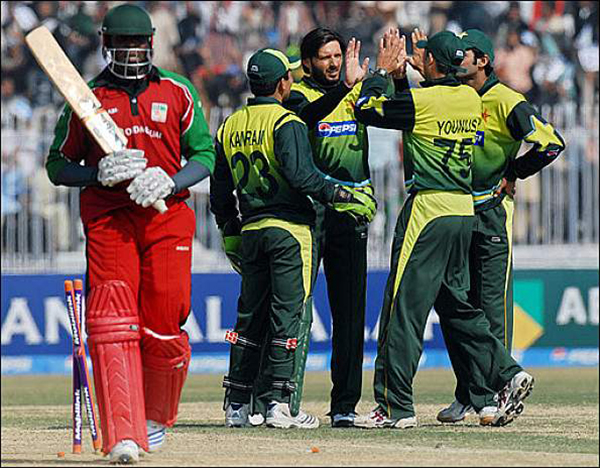
2008: An ODI against the visiting Zimbabweans at the Niaz Stadium in 2008.

Hyderabad Hawks is a domestic T20 team.
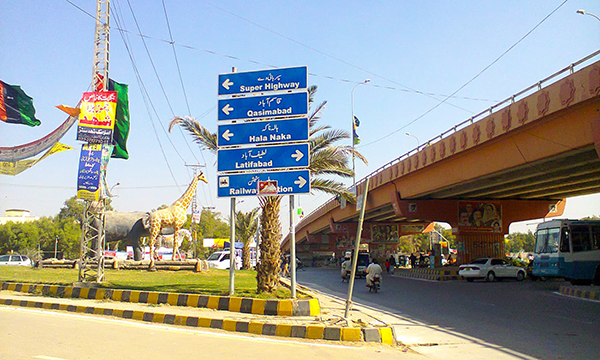
Hyderabad.
Jinnah Stadium (Gujranwala)
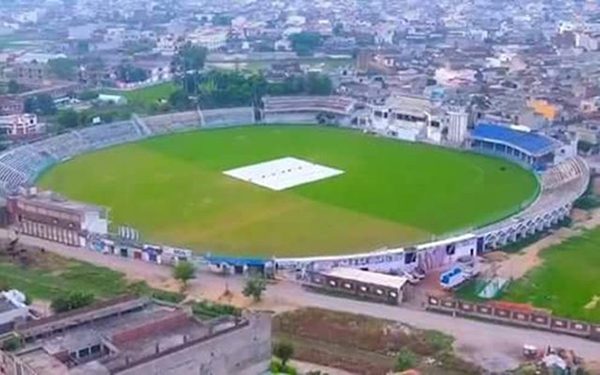
City: Gujranwala (Punjab)
Constructed: 1981
Capacity: 20,000
Home side: None.

1987: An England vs. West Indies match at the Jinnah Stadium Gujranwala during the 1987 World Cup.
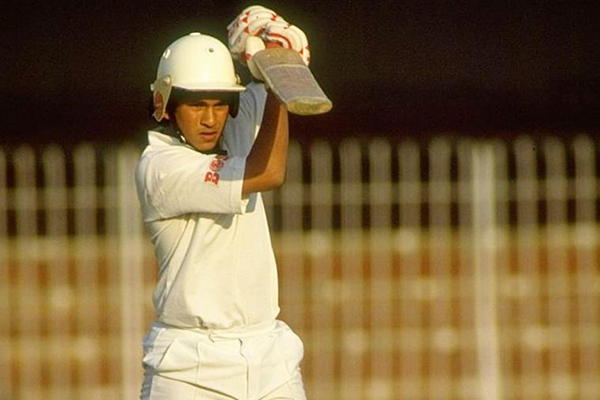
1989: Sachin Tendulkar makes his ODI debut at Jinnah Stadium in 1989.

Gujranwala.
Sheikhupura Stadium
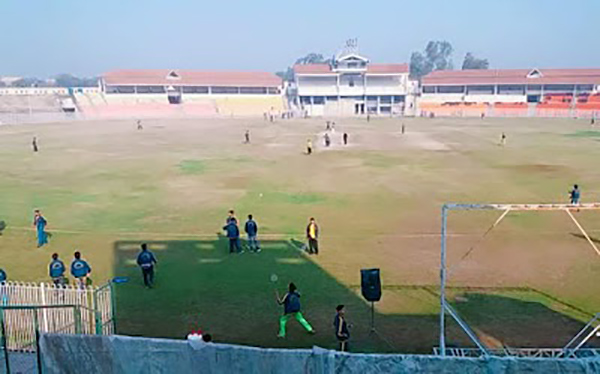
City: Sheikupura (Punjab)
Constructed: 1995
Capacity: 15,000
Home side: None.
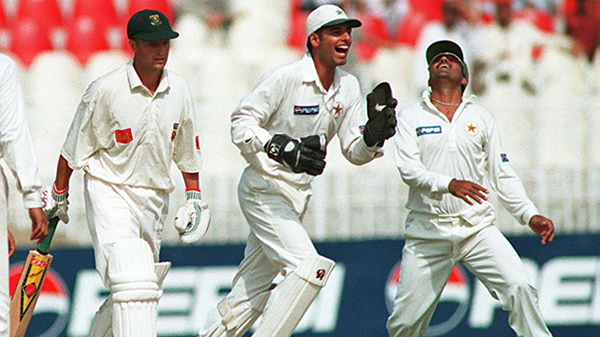
1997: A Test against South Africa at the Shaikhupura Stadium in 1997.
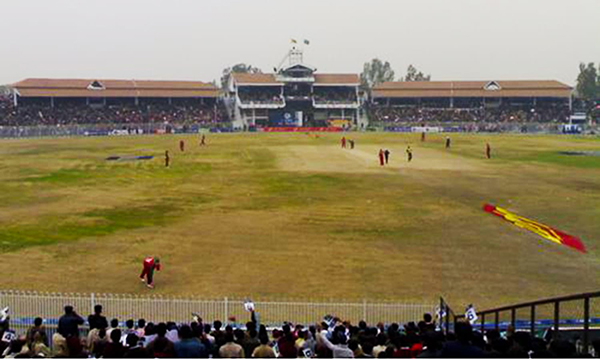
1998: An ODI against Zimbabwe at the Sheikhupura Stadium.
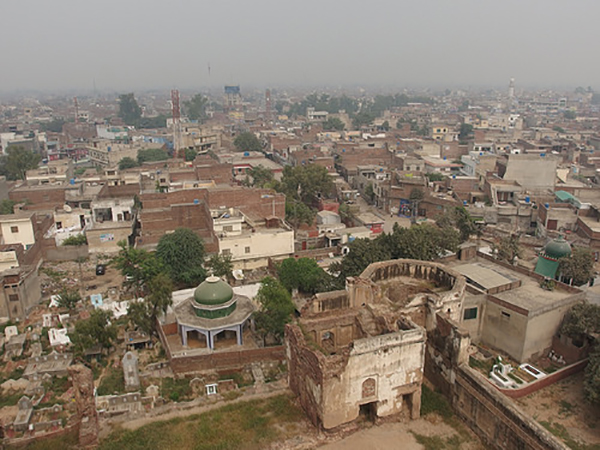
Sheikhupura.
Ayub National Stadium
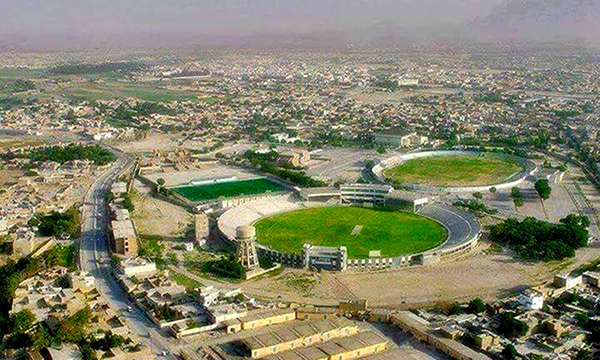
City: Quetta.
Constructed: 1977
Capacity: 20,000
Home side is Quetta Gladiators (PSL).
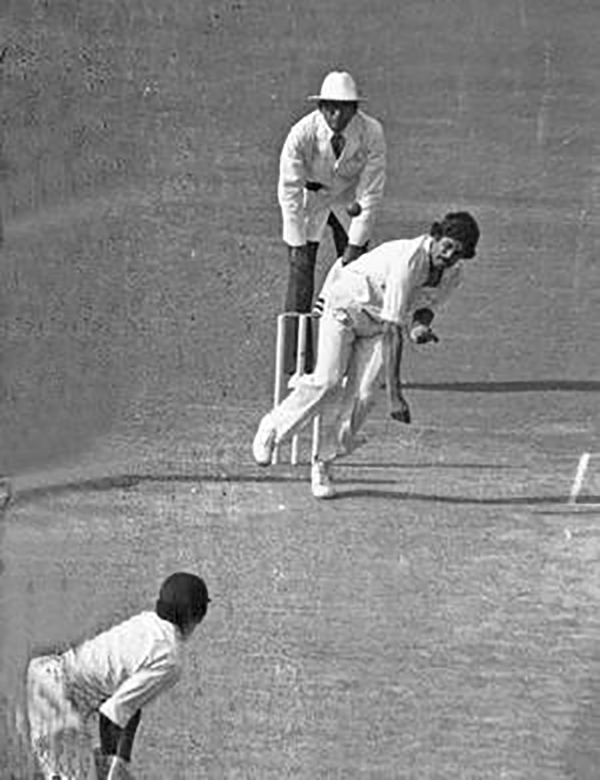
1978: Indian bowler Kapil Dev in action during the first ever ODI played at Ayub National Stadium in 1978.
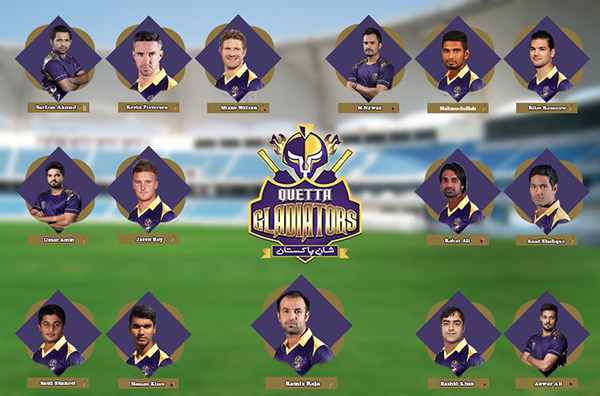
Quetta Gladiators PSL 2018 squad.
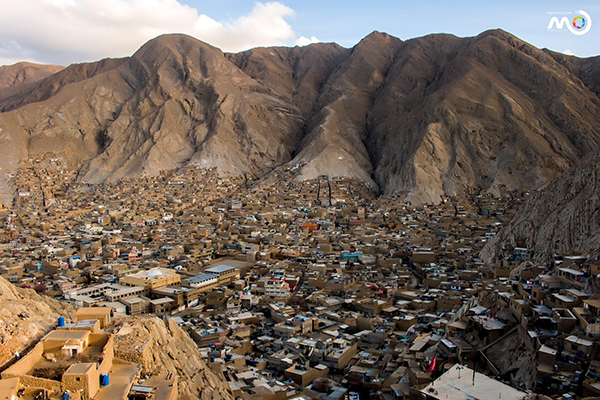
Quetta.
Bagh-e-Jinnah
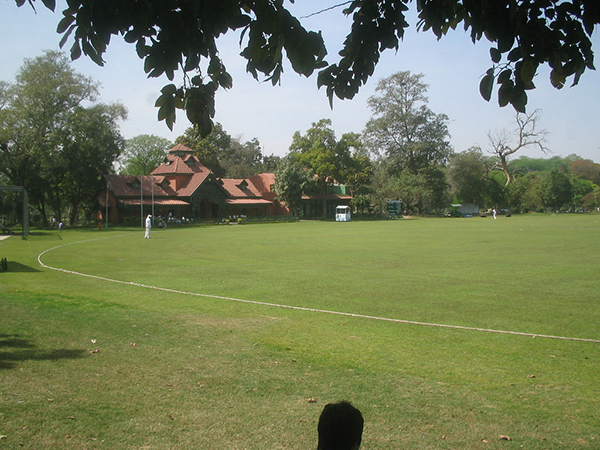
City: Lahore
Constructed: 1885 (by the British)
Capacity: 8,000
- It was Pakistan’s first international cricket venue.
- It stopped being a Test venue after the construction of Gaddafi Stadium in 1959.
- It is now mostly used for club cricket games.
- It has Pakistan’s only cricket museum.

1955: The Indian team step out to play a Test at Bagh-e-Jinnah during its first-ever tour of Pakistan.
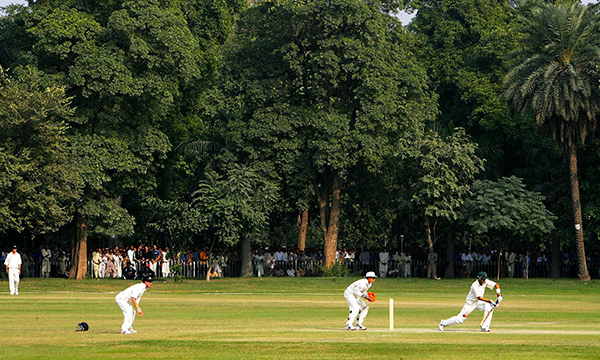
2005: The England side playing a practice game at Bagh-e-Jinnah during its 2005 tour of Pakistan.
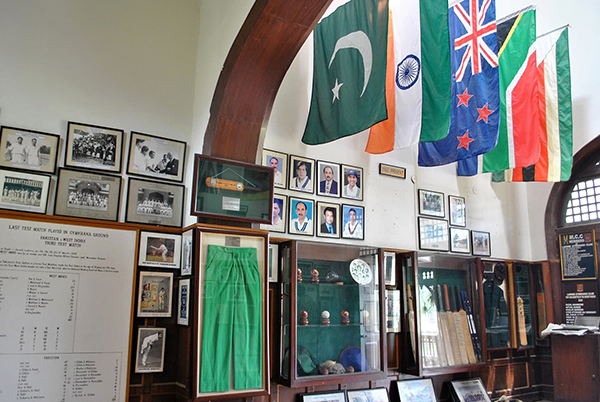
The cricket museum at Bagh-e-Jinnah ground.
Southland Cricket Club Ground
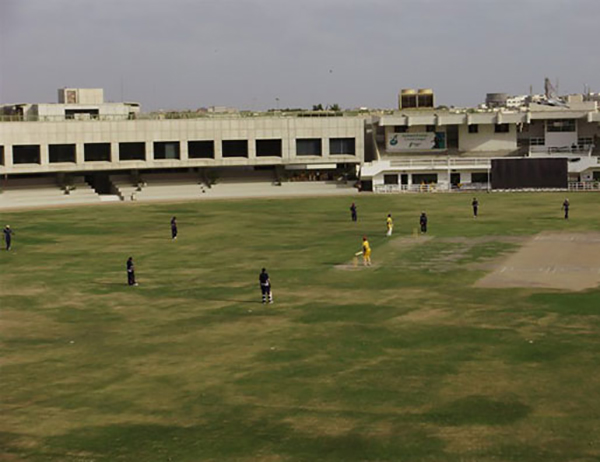
City: Karachi.
Constructed: Late 1980s.
Capacity: 8,000.
Formerly known as DHA Stadium, just one Test has been held here. It was against Zimbabwe in 1993.
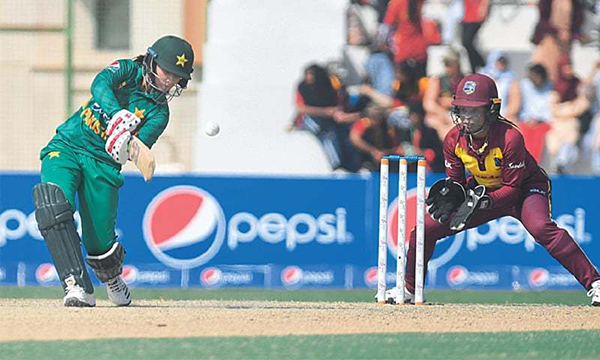
2019: Pakistan women’s team in action against West Indies women at the Southland Cricket Club Ground.
